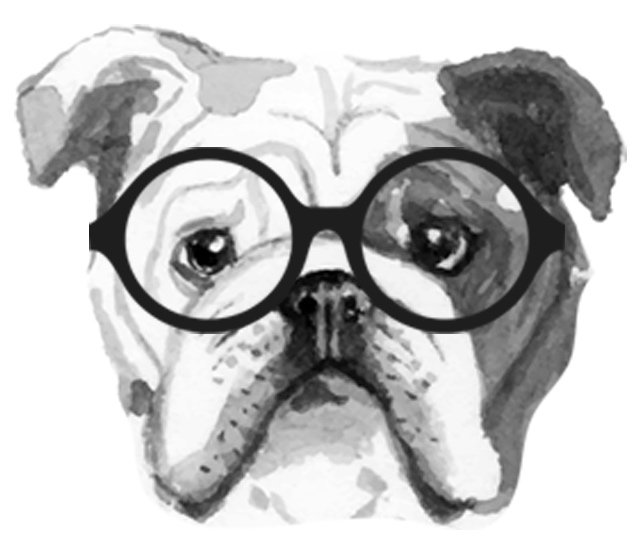Pollinator's Apothecary (coming soon!)
The Bee’s Medicine Cabinet
Welcome to the Pollinator’s Apothecary, where the air hums with the sound of hard-working pollinators gathering their favorite remedies throughout the warn season. You might think of an apothecary as an old-timey pharmacy, and in a way, that’s exactly what this garden is for bees. They don’t have little prescription bottles or herbal tinctures, but they do have an instinct for finding plants that help them stay healthy.
Bees use nectar and pollen as food, of course, but some plants do even more. Certain herbs have antifungal and antibacterial properties that help bees fight off disease. Others provide extra nutrients to strengthen the hive. And a diverse selection of flowers ensures that pollinators get a well-rounded diet throughout the season.
“A bee in an herb garden isn’t just foraging-it’s gathering nature’s medicine, one tiny bloom at a time”
Fun Fact: Bees are natural pharmacists! They collect resin from herbs like thyme and basil to make propolis, a stick substance packed with antimicrobial properties. Its their version of an all natural medicine , keeping the hive healthy and germ free.
How You Can Help the Bees
If you’re wondering how to make your own yard a haven for these fuzzy little workhorses, here are a few simple ways to help:
Plant nectar-rich flowers and herbs. The more variety, the better. Different plants bloom at different times, ensuring a steady supply of food all season long.
Skip the pesticides. Even organic options can be harmful to pollinators. Instead, try companion planting or natural deterrents like neem oil (but avoid spraying flowers!).
Let herbs bloom. That basil you meant to harvest? Let a little of it go to flower—bees will thank you.
Leave a little wild space. Bare patches of soil provide nesting spots for native bees, and a less-manicured lawn can mean more food sources….Hint: Go ahead and let the dandelions grow!
Build a Bee Bath
Bees need water just as much as they need nectar. On hot days, they use it to cool down the hive, and in general, they need a safe place to stop and drink. Problem is, most water sources—like ponds or birdbaths—are too deep. Bees aren’t great swimmers.
Here’s how to make a simple, bee-friendly water station:
Find a shallow dish, pie tin, or birdbath.
Add pebbles, marbles, bits of wood or even wine corks for landing spots.
Fill with fresh water, keeping the landing areas dry.
Place in a sunny, sheltered spot near flowers.
Keep it clean and refilled—bees will keep coming back!
Kathy’s Pro Tip: Give bees a first class landing pad-wine corks float perfectly in a bee bath! (bonus: they come with a built in excuse to open a bottle)
It’s okay to start small-every little bit helps! A few herbs here, a few flowers there, and before you know it, you’ve built a pollinator paradise.
What to Plant for Pollinators
If you want to roll out the welcome mat for pollinators, here are some of their favorites:
Herbs: Lavender, thyme, basil, mint, lemon balm, oregano, rosemary, chives
Flowers: Coneflowers, bee balm, sunflowers, black-eyed Susans, clover, wild bergamot, zinnias





